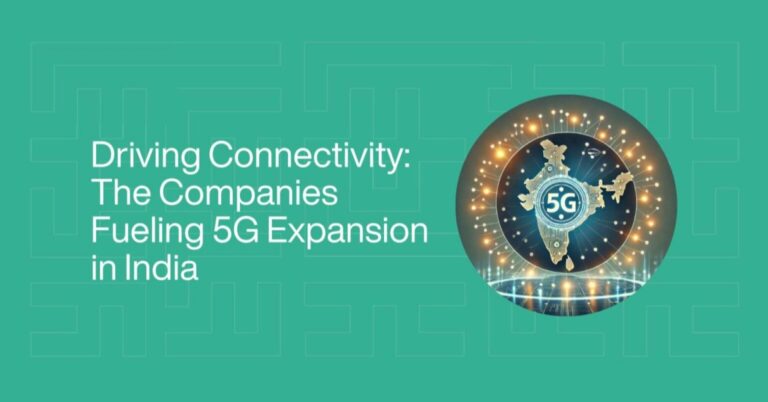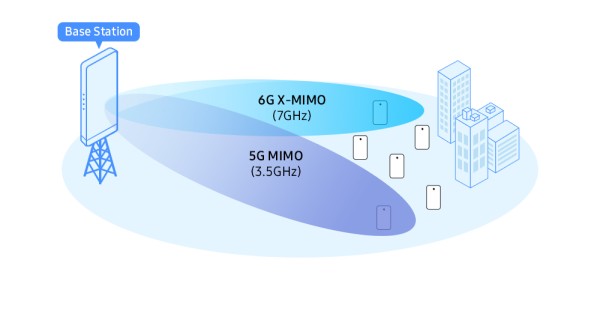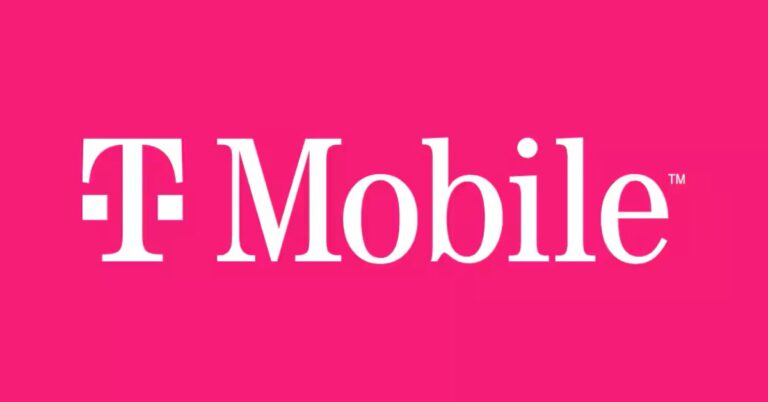The cellular industry’s 5G network rollout is now several years underway, and while the search for a revolutionary use case that will solidify 5G’s position in cellular technology continues, it is fundamentally achieving its intended purpose—albeit with some caveats.
5G networks generally provide improved and faster service compared to 4G. However, Ookla’s speed test data reveals that 5G networks’ upload and download times generally declined worldwide compared to a year ago. Moreover, even the strongest 5G networks barely reach 1 gigabit per second, falling short of the International Telecommunication Union’s (ITU) ideal download speed of 20 Gbps.
The issues faced by 5G networks mirror those experienced by previous cellular generations. As more customers purchase new devices compatible with these networks, capacity is strained, necessitating network densification. In addition, the lack of millimeter wave network development has also exacerbated 5G’s growing pains.
According to industry analyst Mark Giles, most network operators started their 5G rollouts with non-standalone 5G networks built on top of existing 4G infrastructure. While more cost-effective, this approach has limited deployments, as operators can only build 5G networks where they have existing infrastructure. Additionally, regulatory and permitting challenges have hampered network expansion, particularly in dense urban areas.
In suburban and rural areas, the appeal of 5G is its ability to access new spectrum bands, most notably the millimeter wave band (24 GHz to 40 GHz), which supports lower latencies and greater data rates. However, higher frequencies only travel a little, which is favorable for cities but not for less urbanized areas.
Consequently, network performance is expected to degrade as more people in various locations begin using 5G networks.
Millimeter wave technology has seen limited uptake outside a few countries, including the United States. Companies like Verizon have pivoted to other new bands, such as the C-band (4 to 8 GHz). As of 2022, only 28 operators in 16 countries are deploying millimeter wave technology, according to the Global mobile Suppliers Organization (GSA).
While the ITU’s aspirational 5G download speed of 20 Gbps remains attainable, many countries’ median 5G network experiences still need to meet the organization’s user experience data rate benchmark of 100 Mbps down and 50 Mbps up. Speed test data from Ookla identifies Canada, Italy, Qatar, and the US as countries with improving 5G network performance, though Giles doesn’t believe there is a common factor among them.
For the US, Giles suggests that more availability of new spectrum has helped operators stay ahead of growing congestion on new networks. In contrast, Qatar’s massive investment surrounding the 2022 FIFA World Cup included building robust 5G networks.
It is bit early to determine the impact of 5G’s early challenges on 6G development, but several possible implications exist. First, the industry may devote less time to terahertz wave research due to the lackluster debut of millimeter wave technology and instead consider merging cellular and Wi-Fi technologies for dense coverage areas.
Giles believes the degradation of 5G networks highlights the disconnect between the ambitious vision for these technologies and the reality on the ground. Furthermore, this gap serves as a reminder that achieving the full potential of 5G technology will require overcoming various challenges and adapting to the evolving needs of users and communities.




























